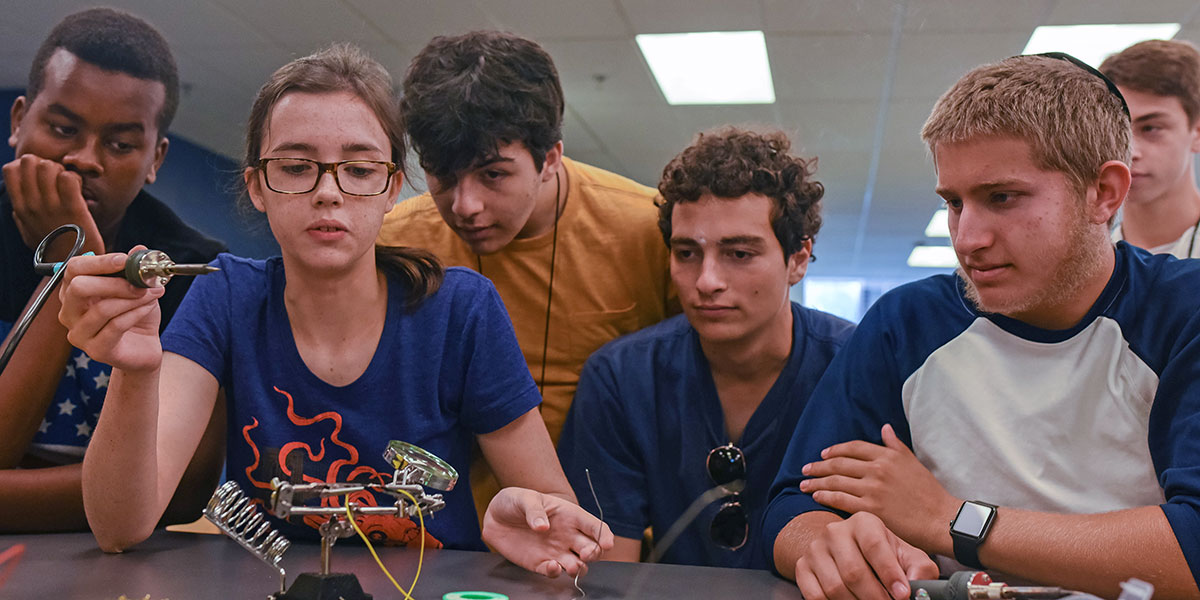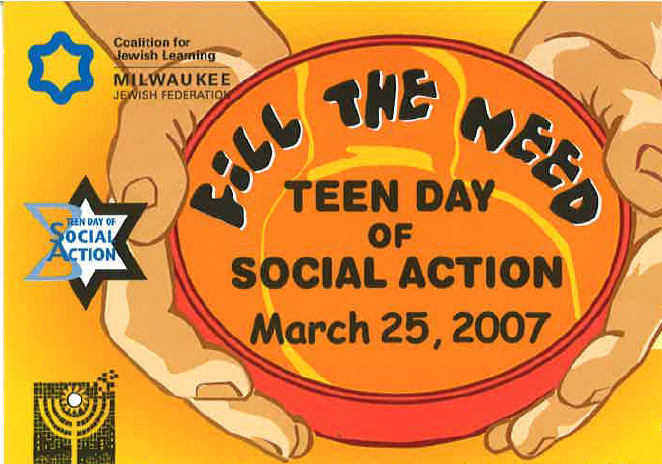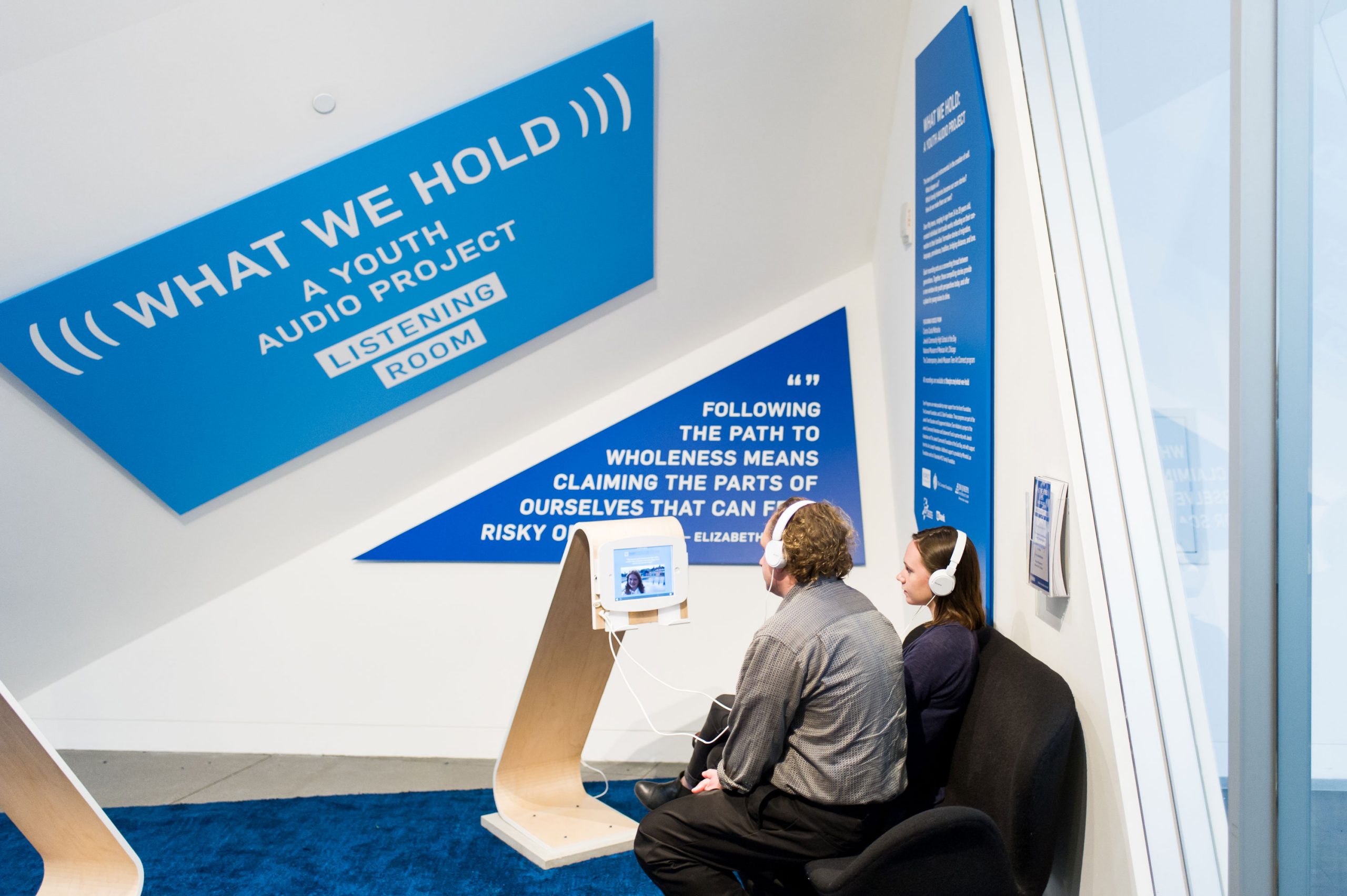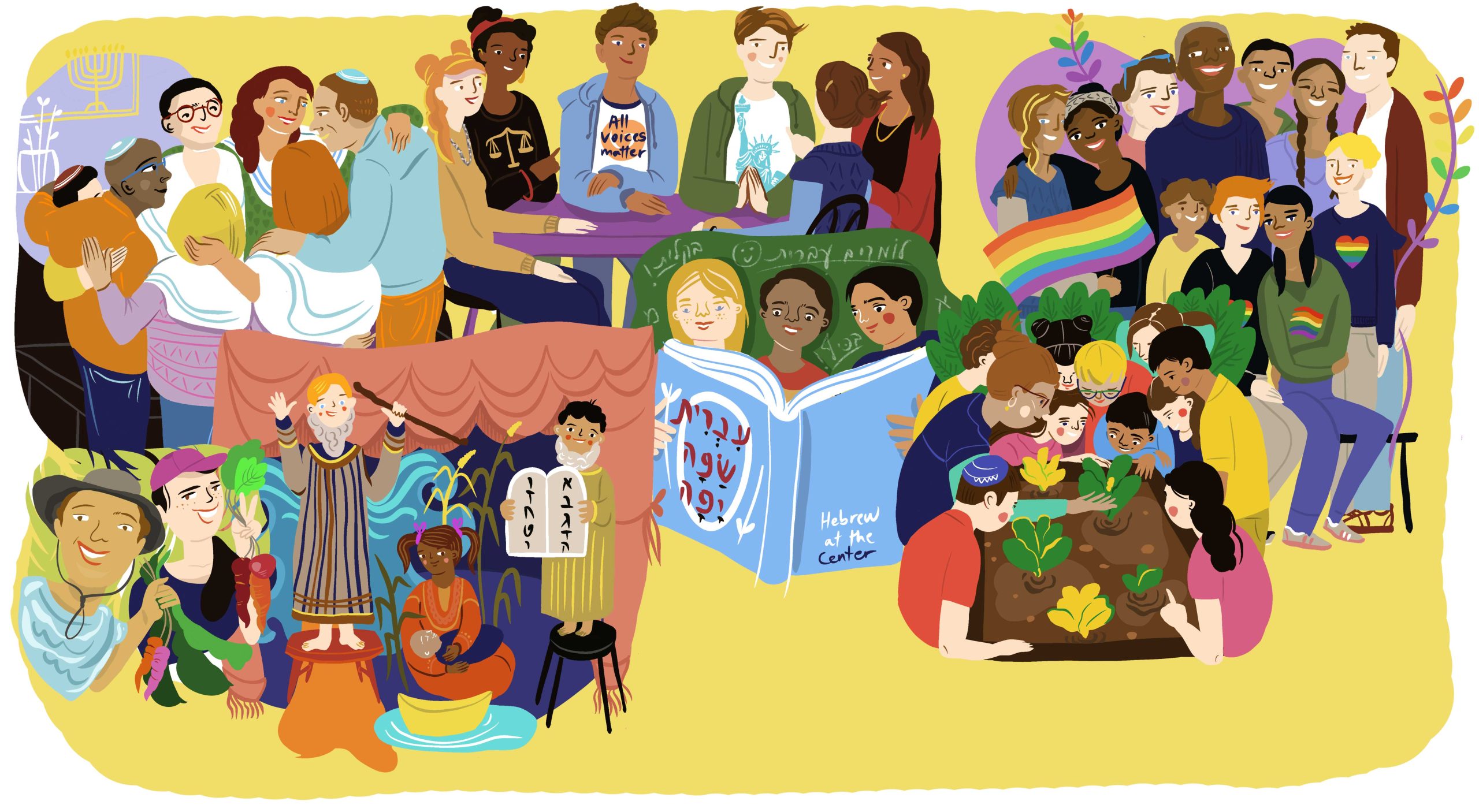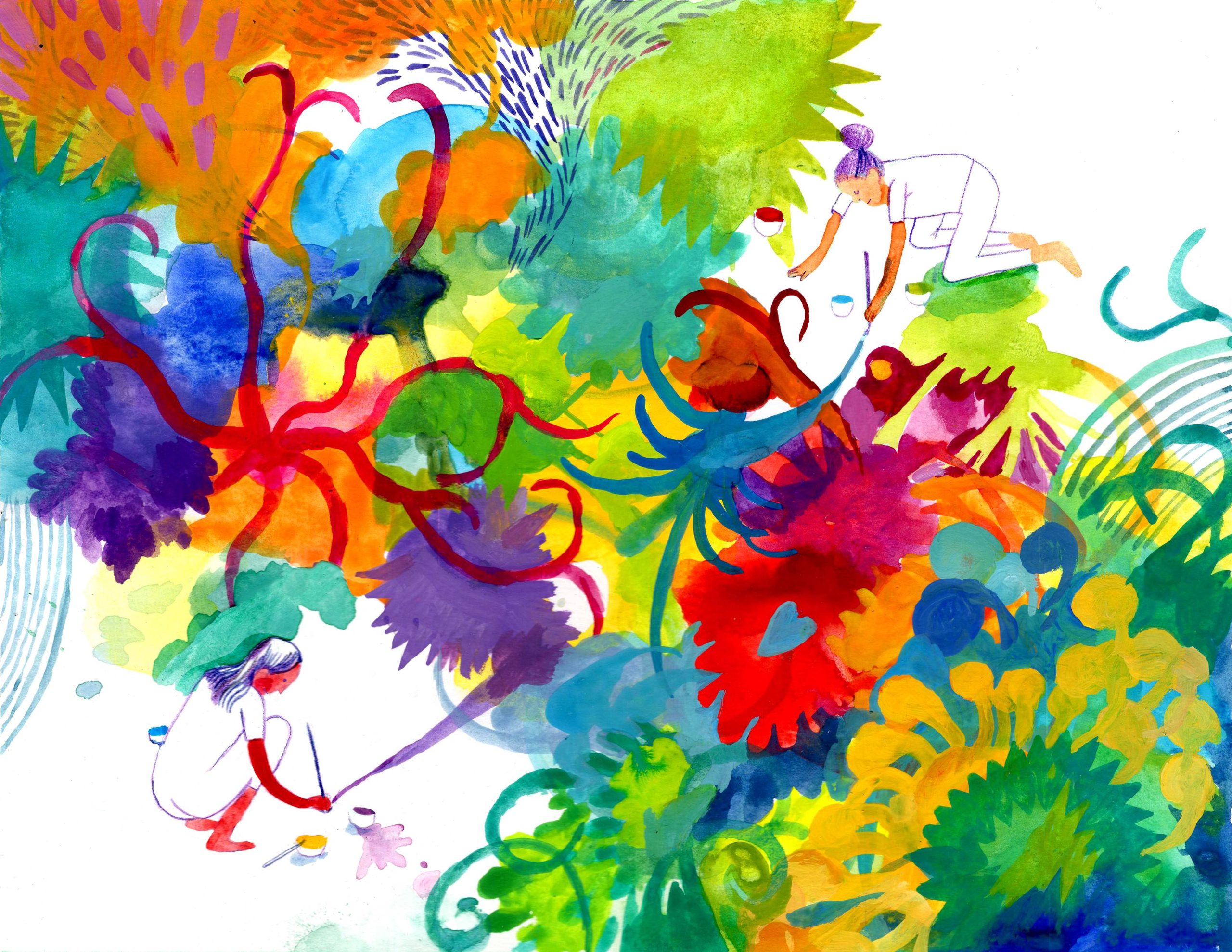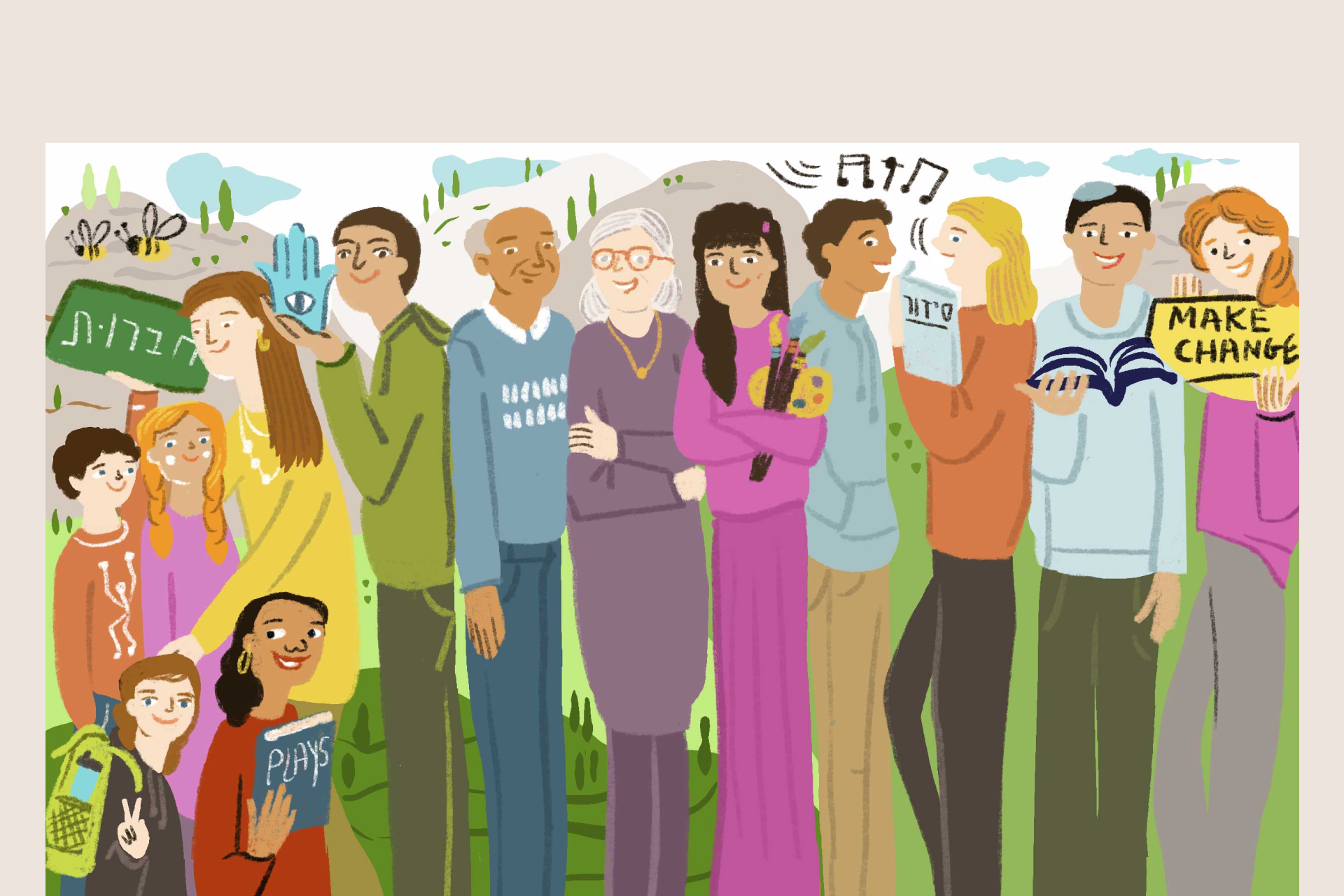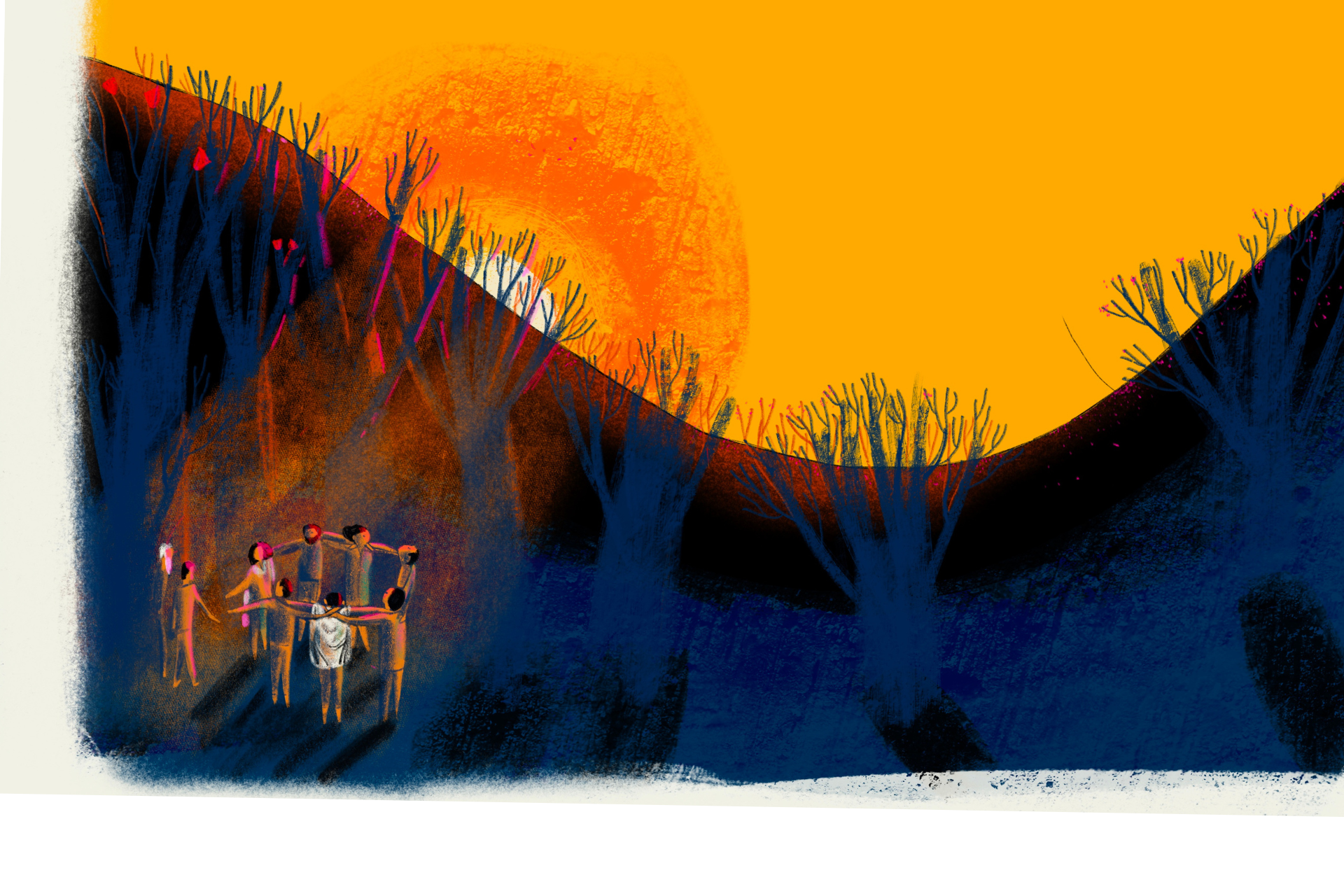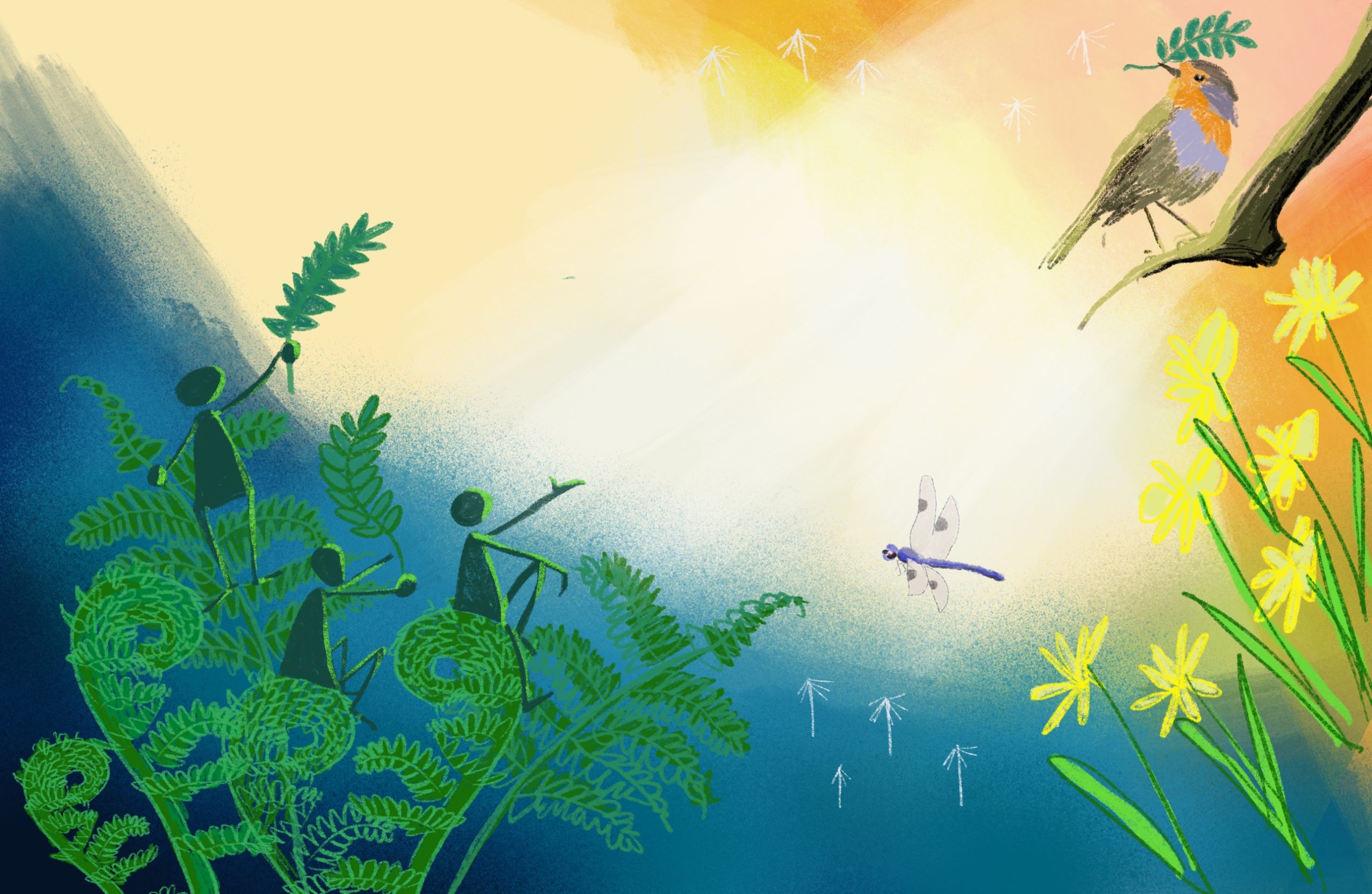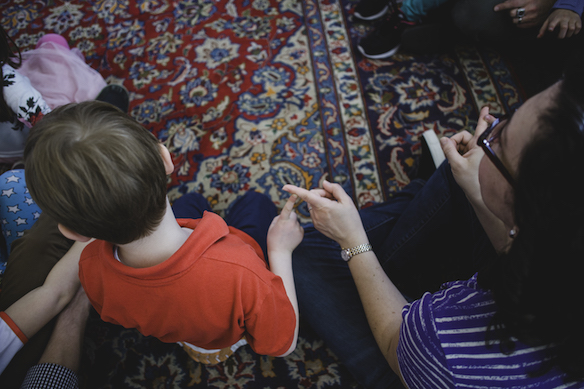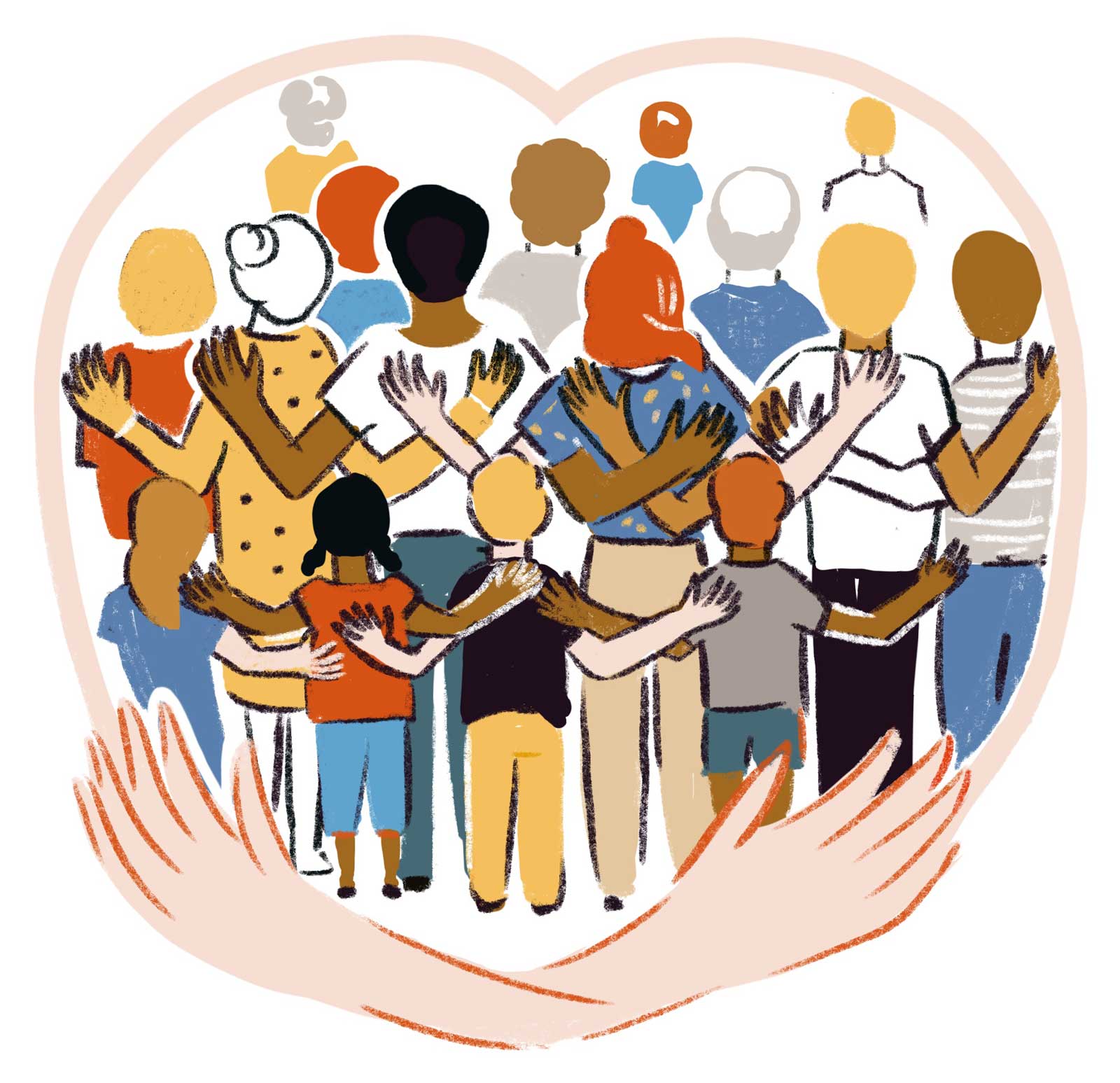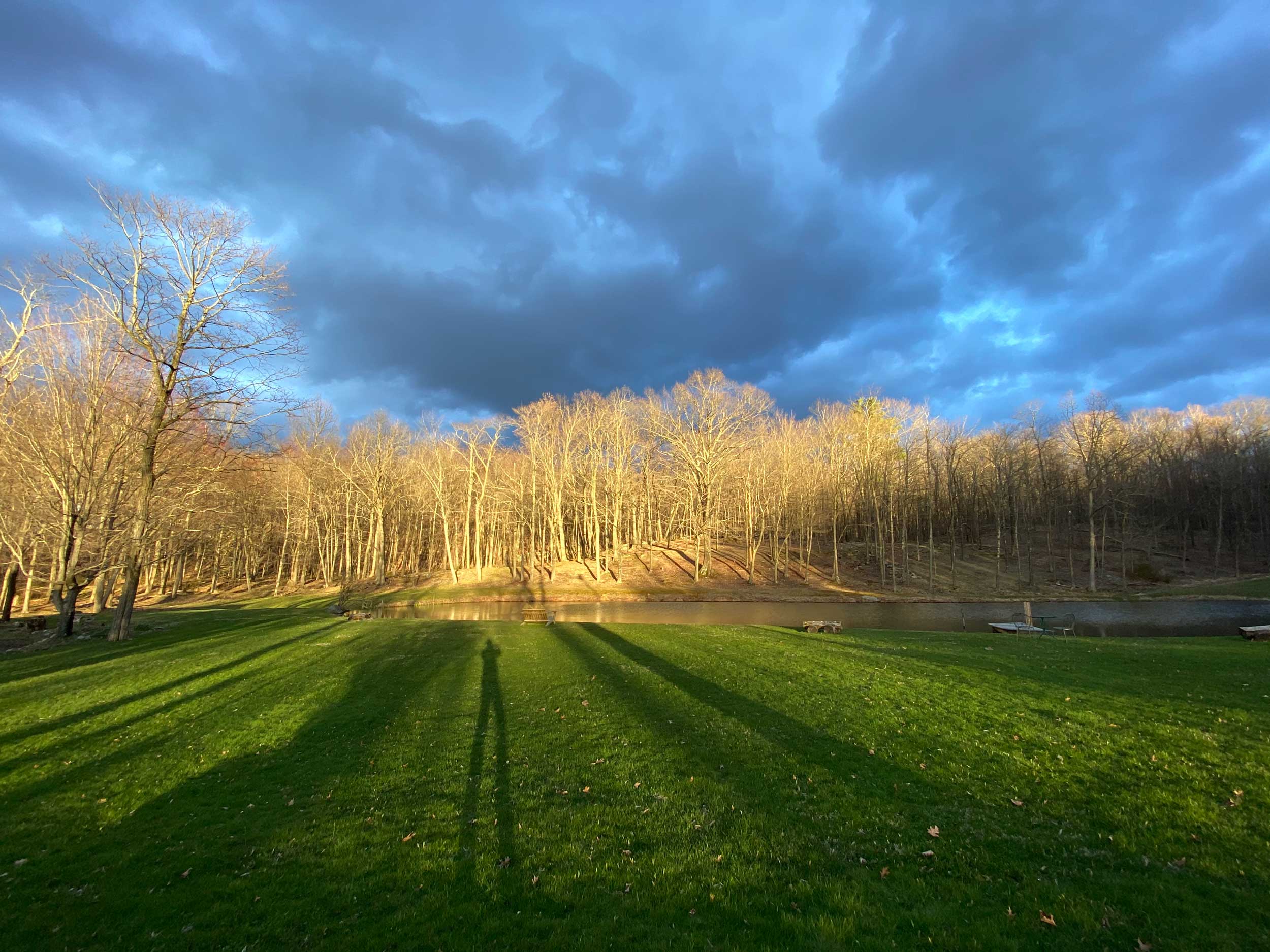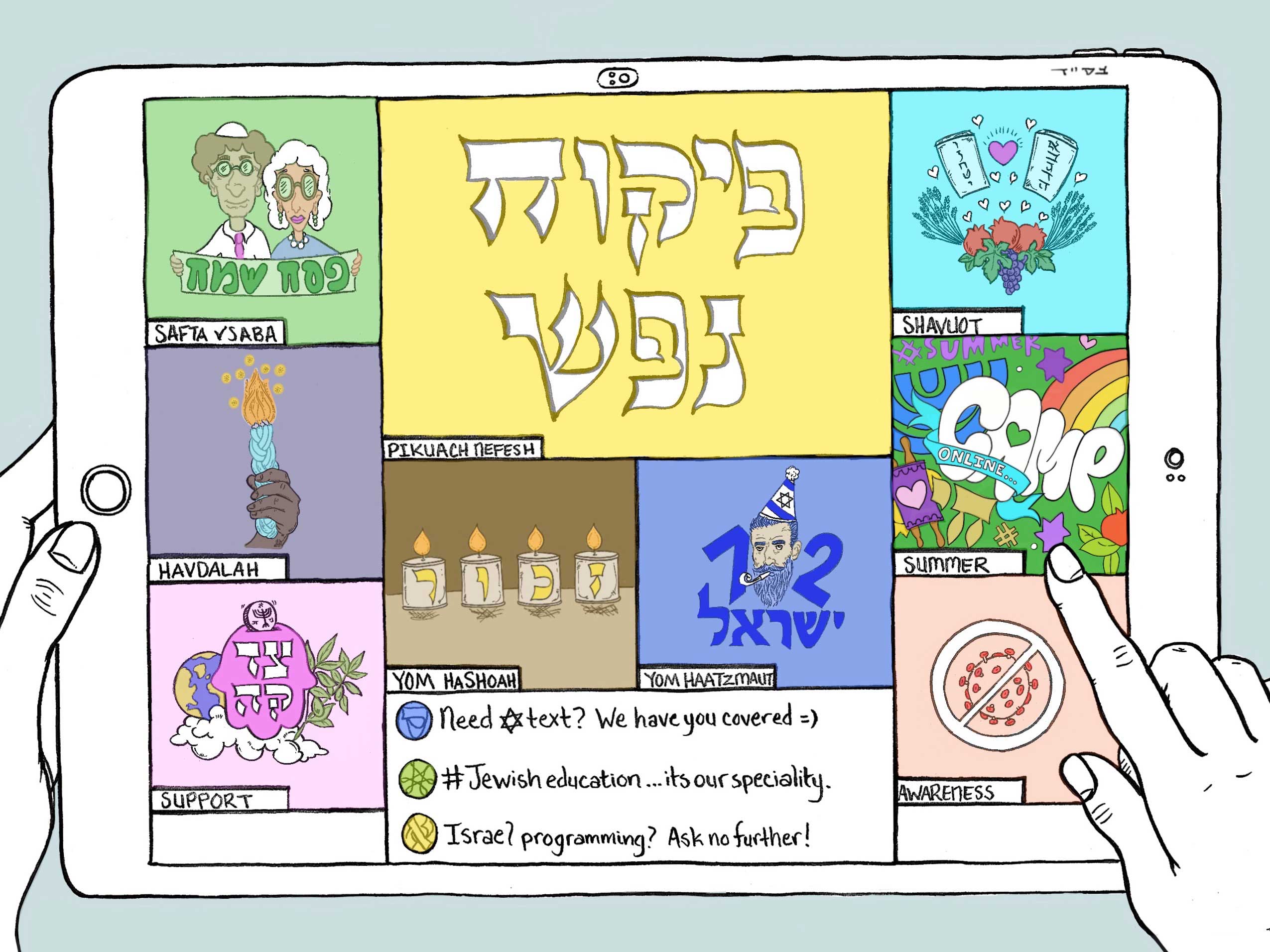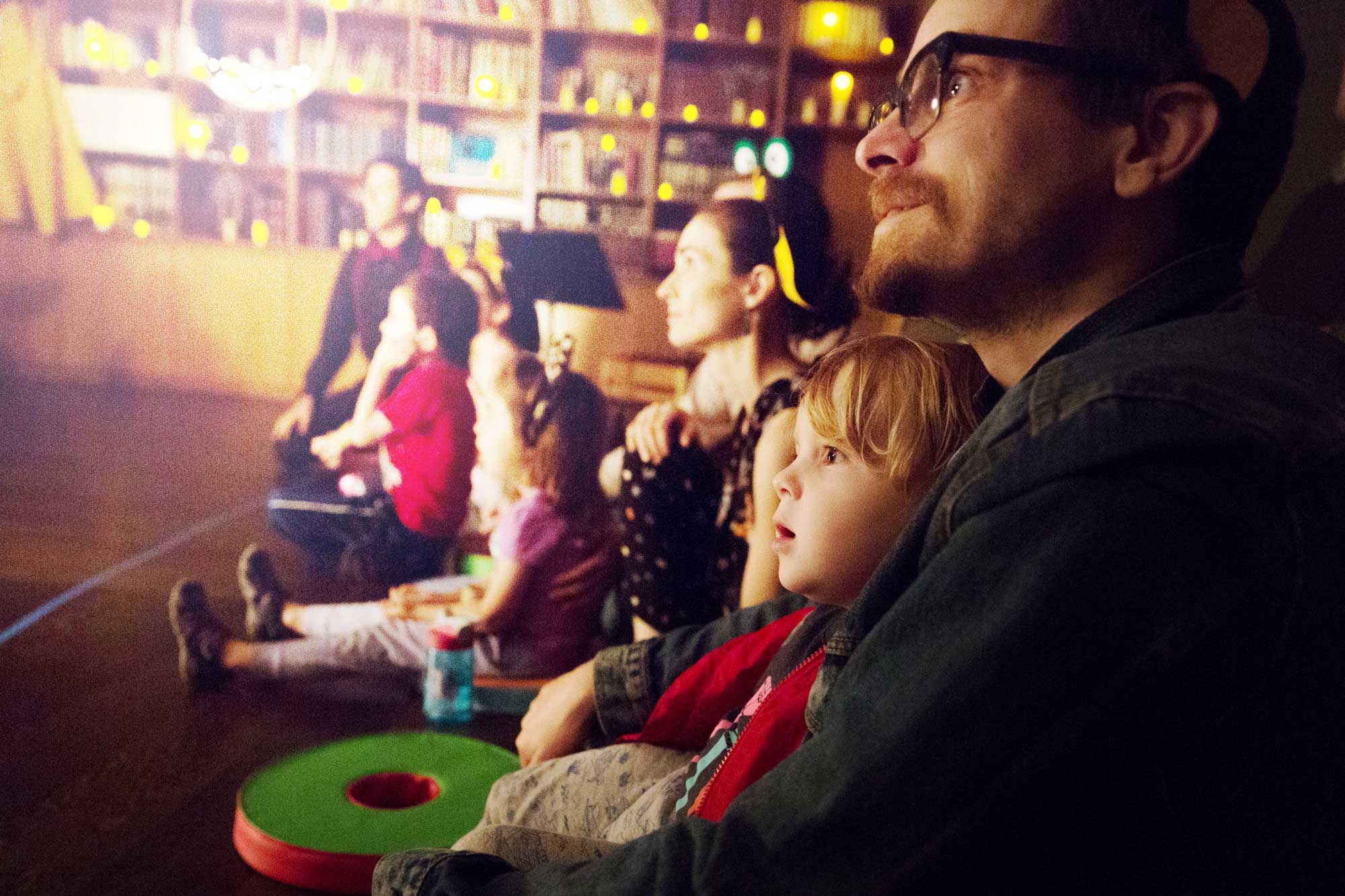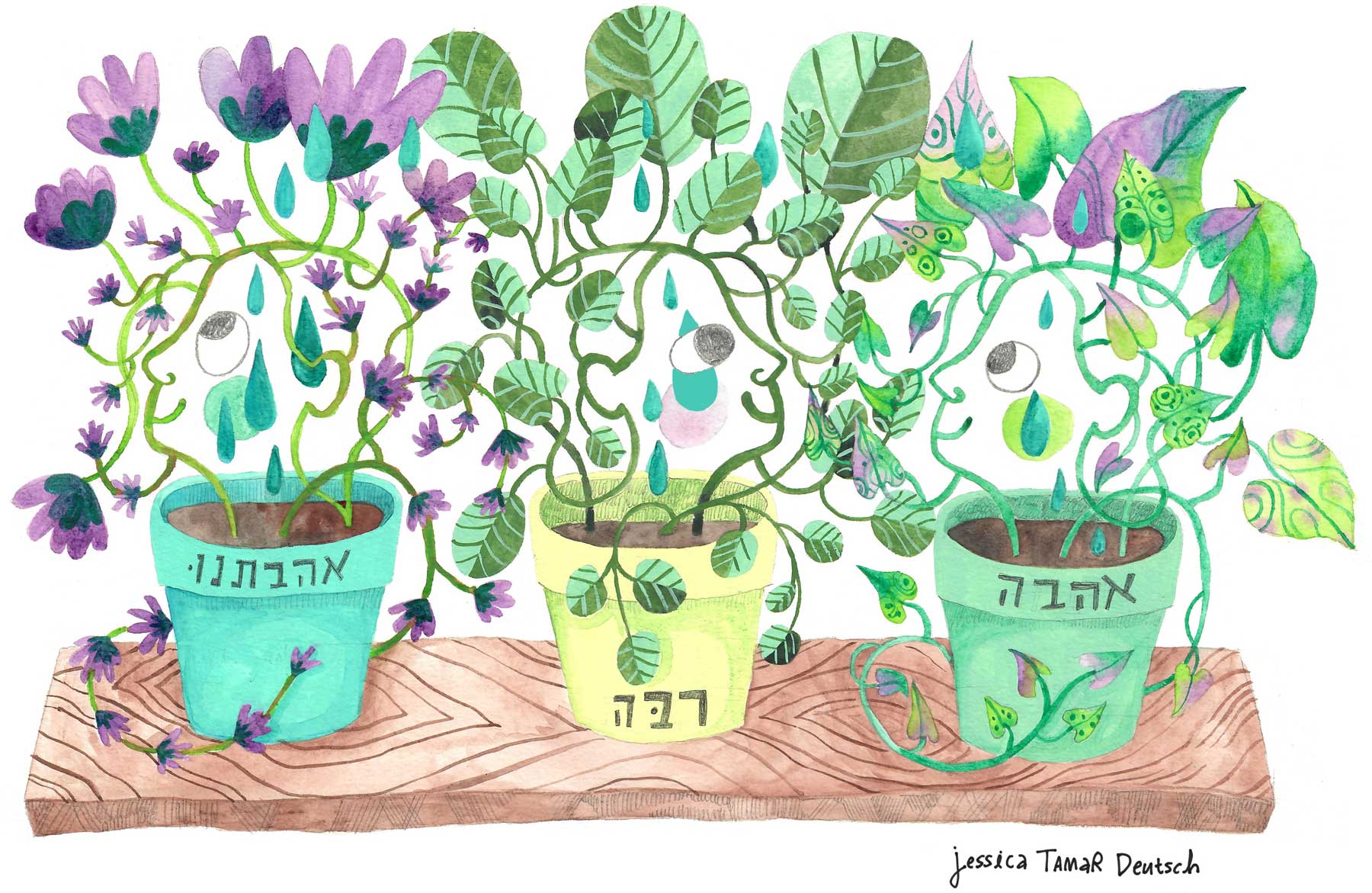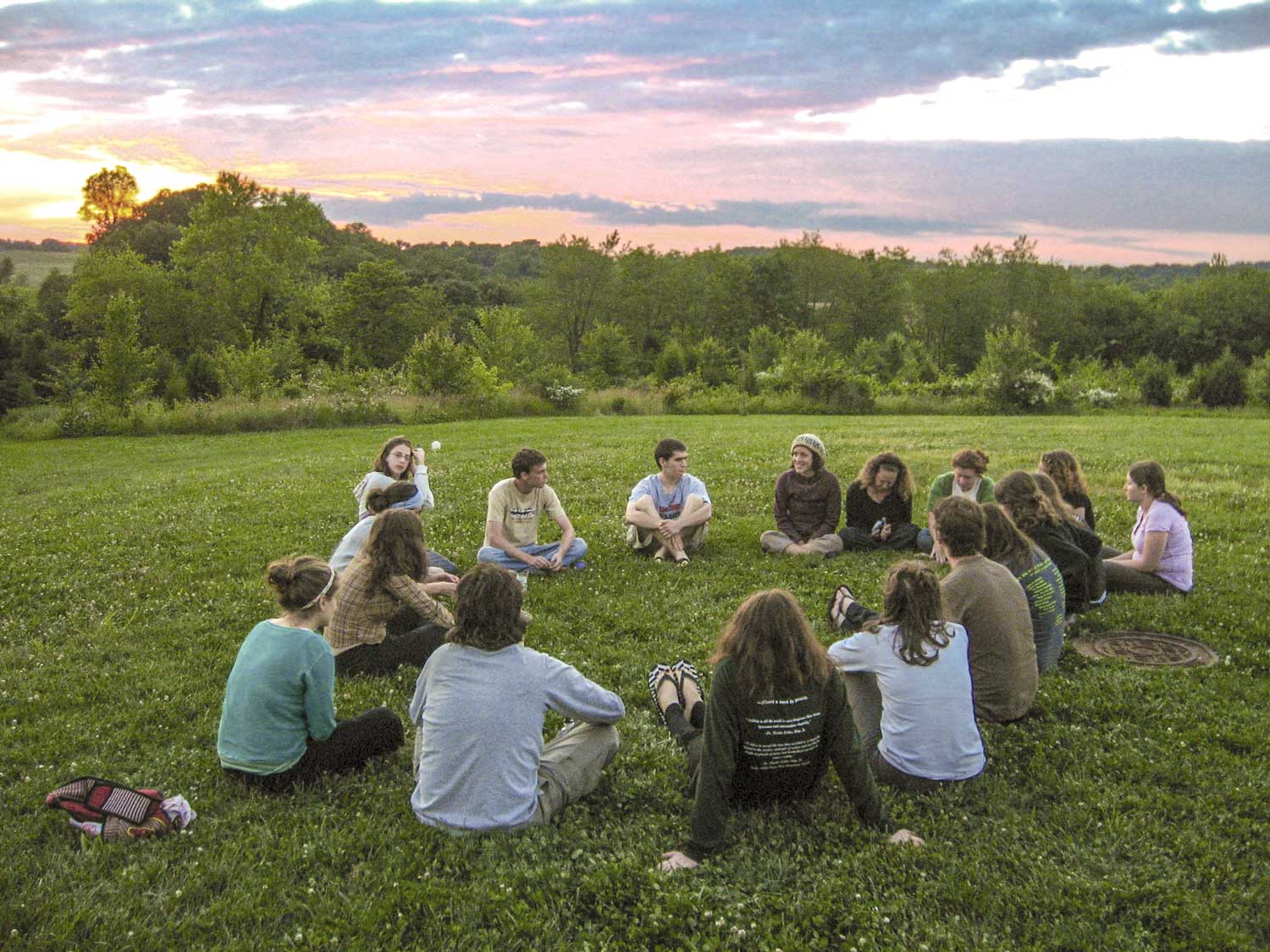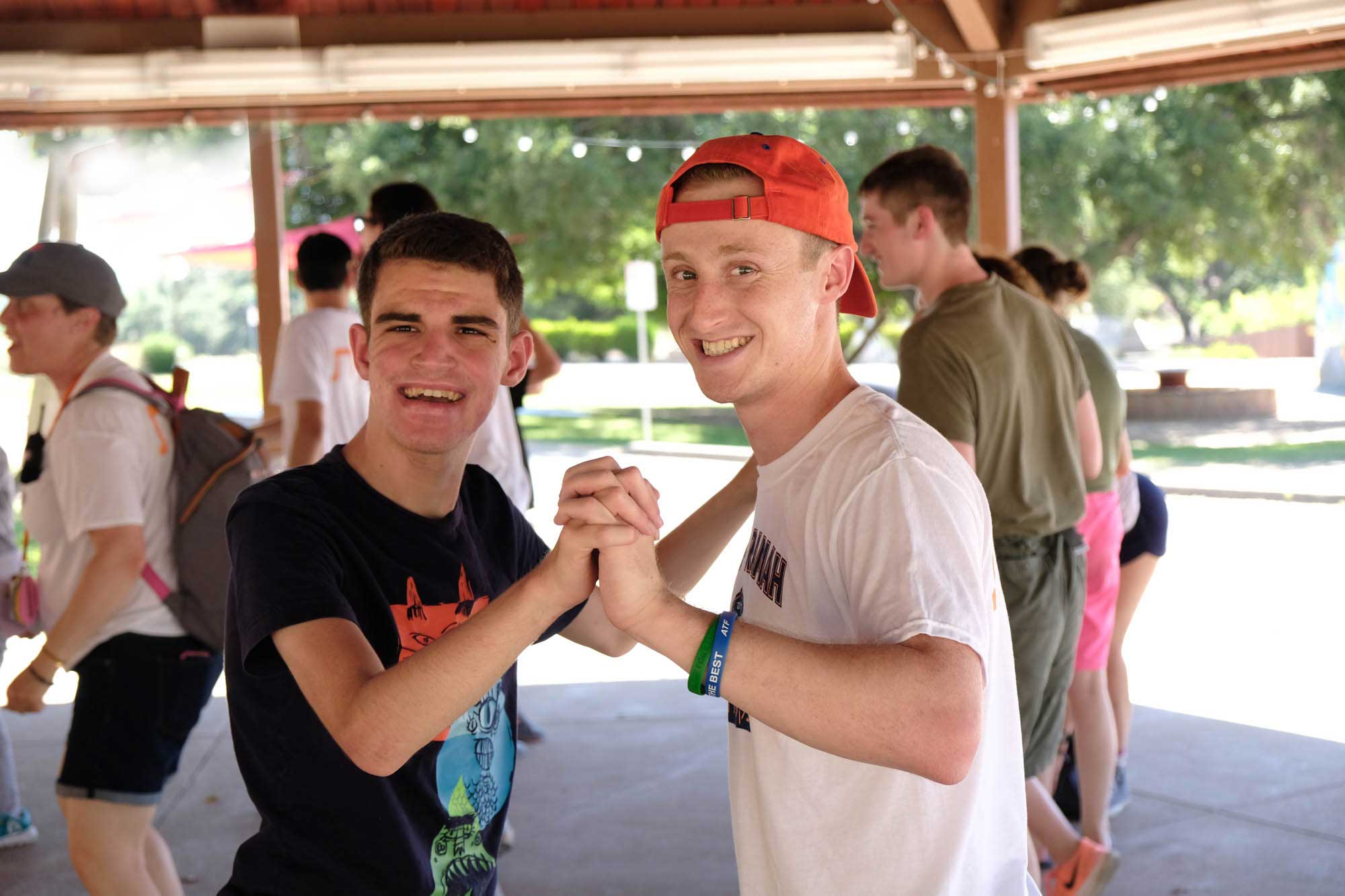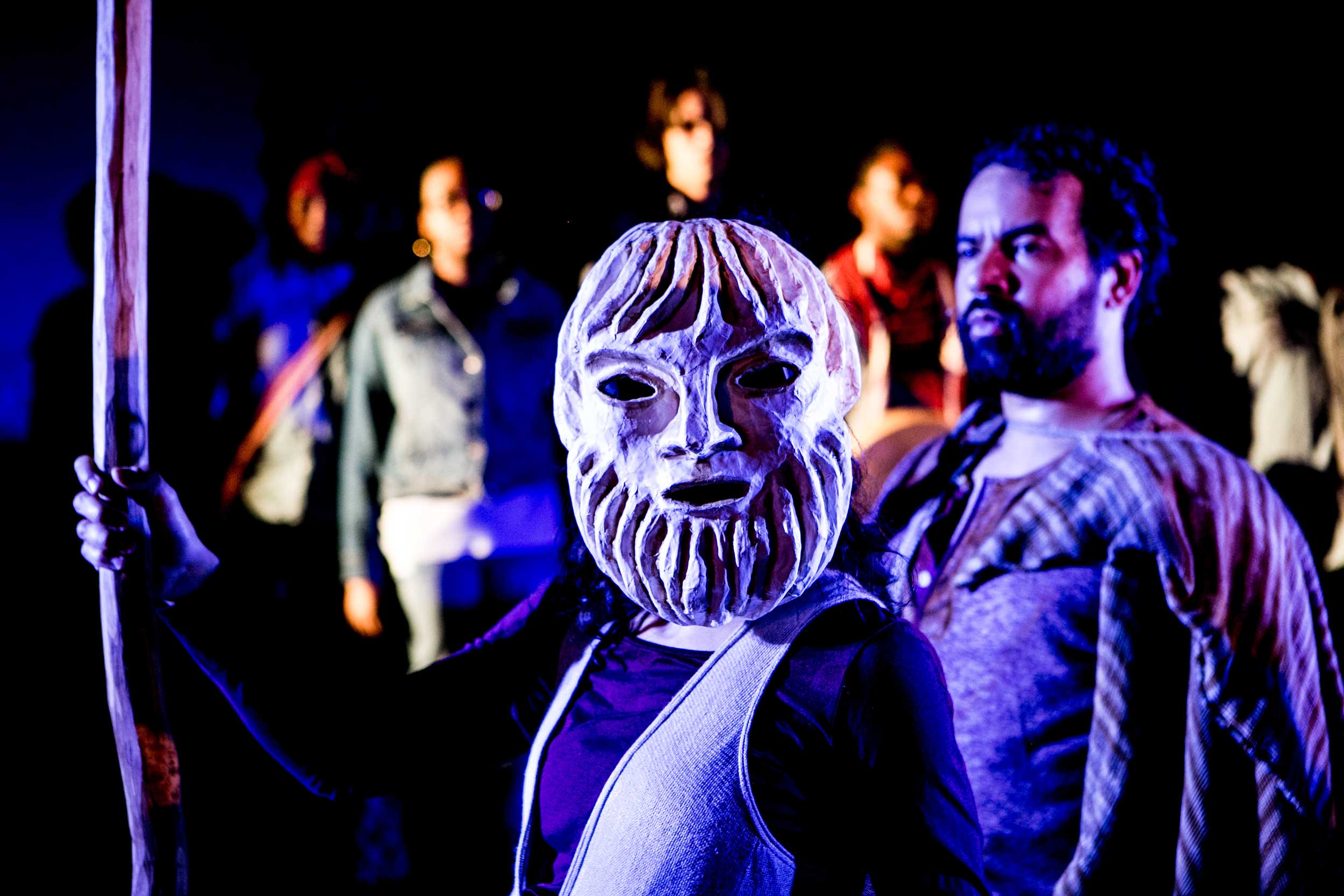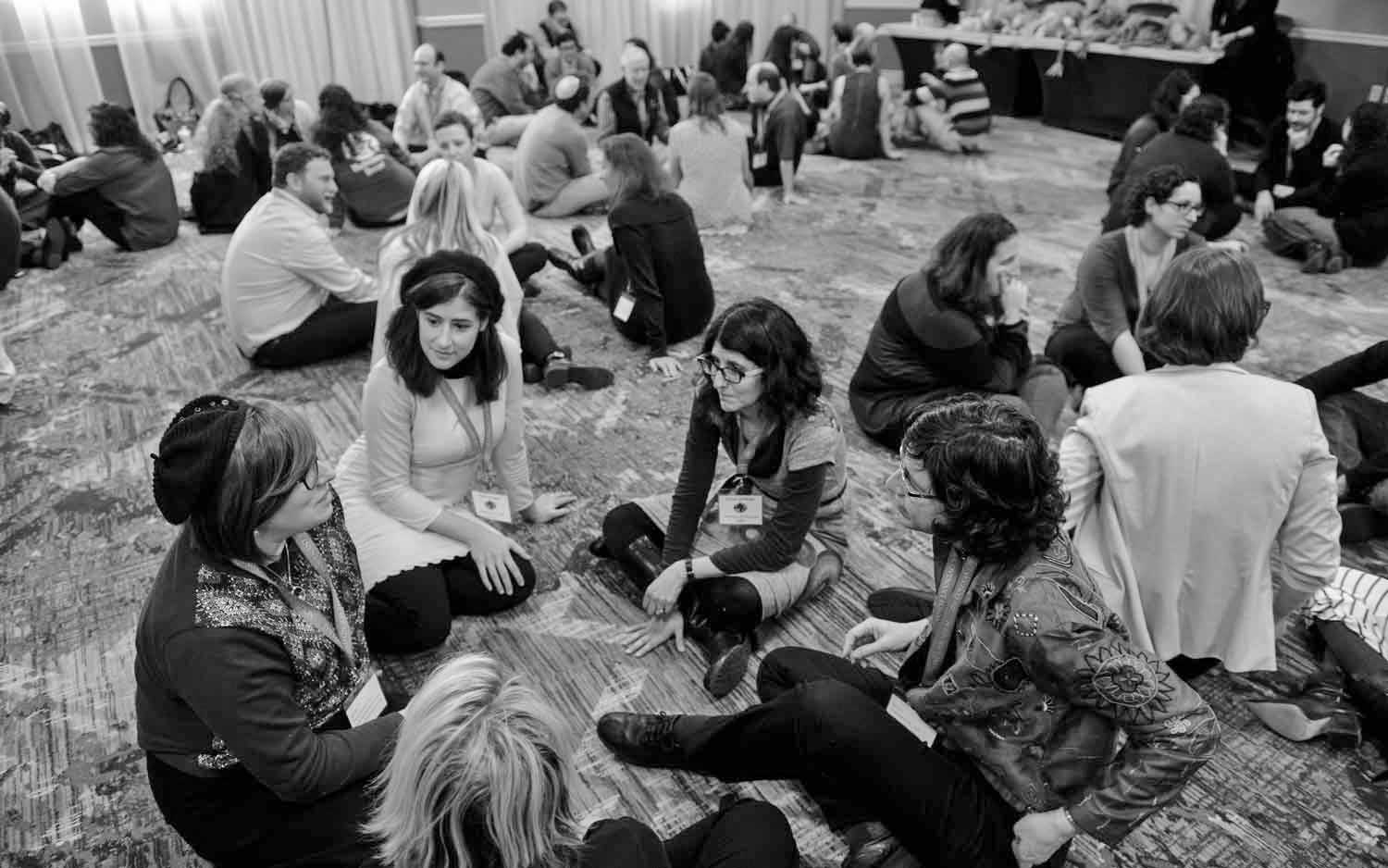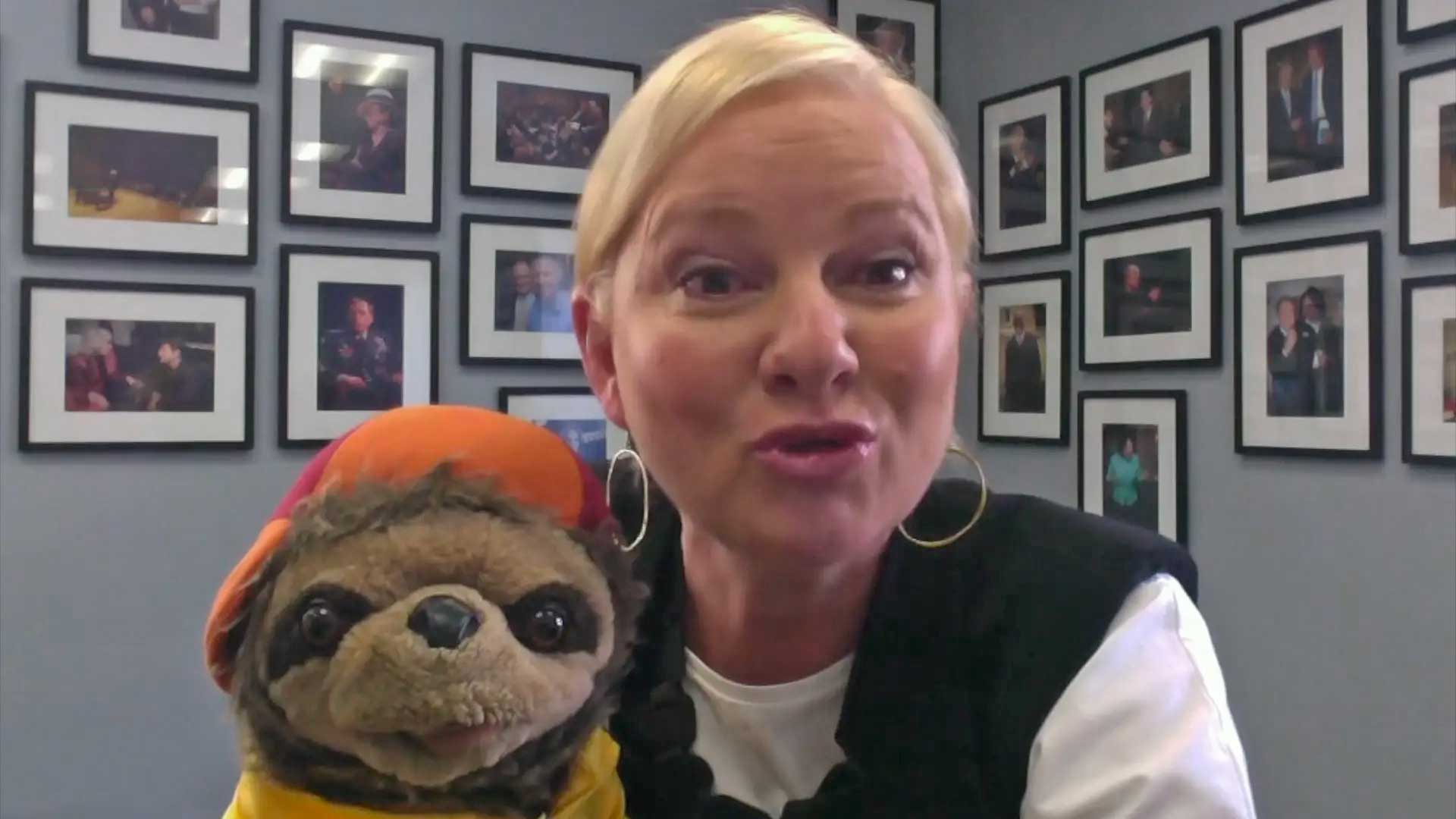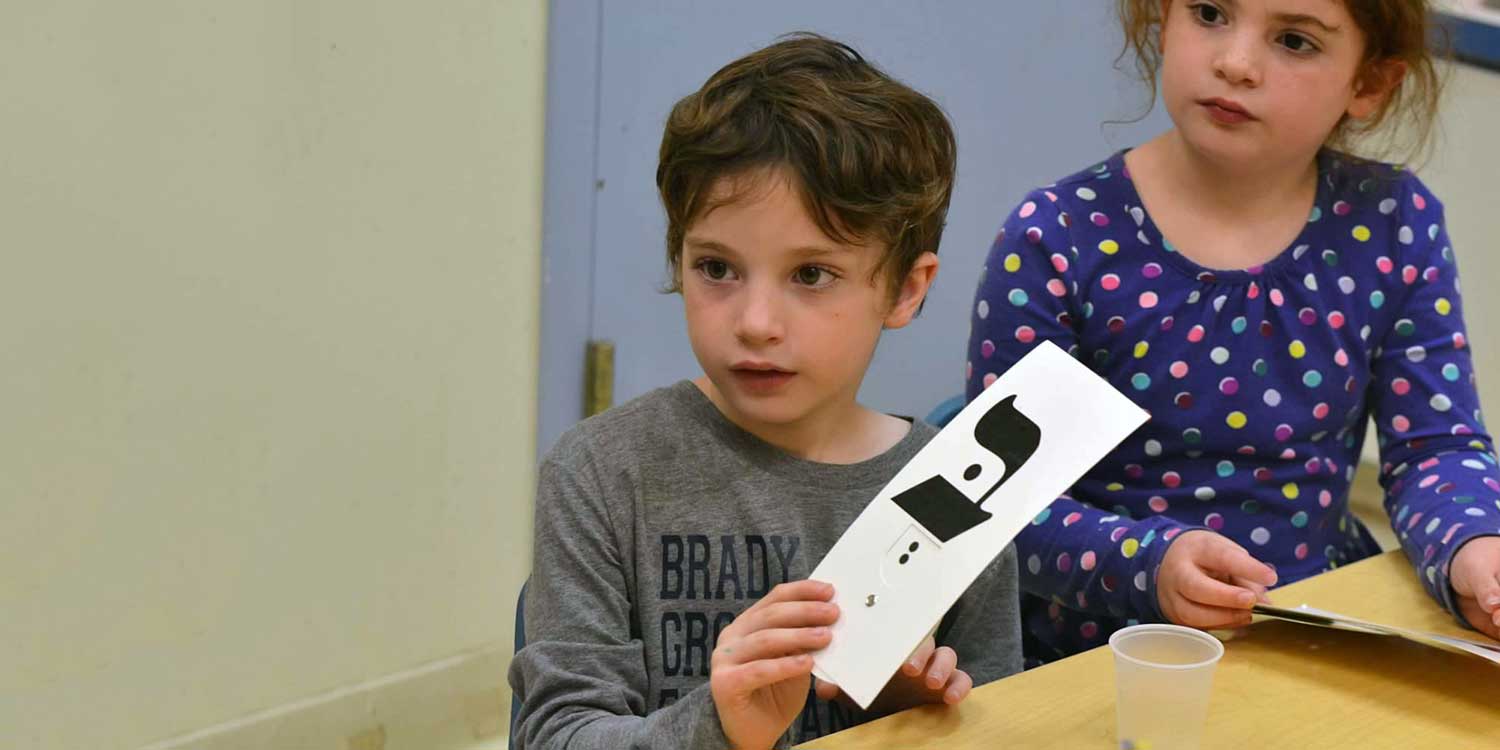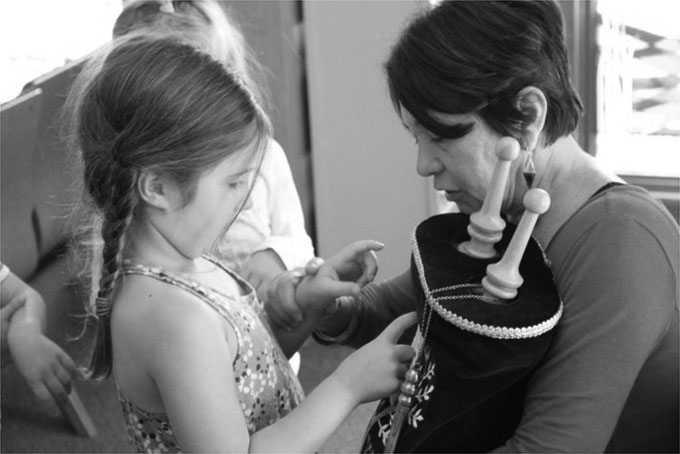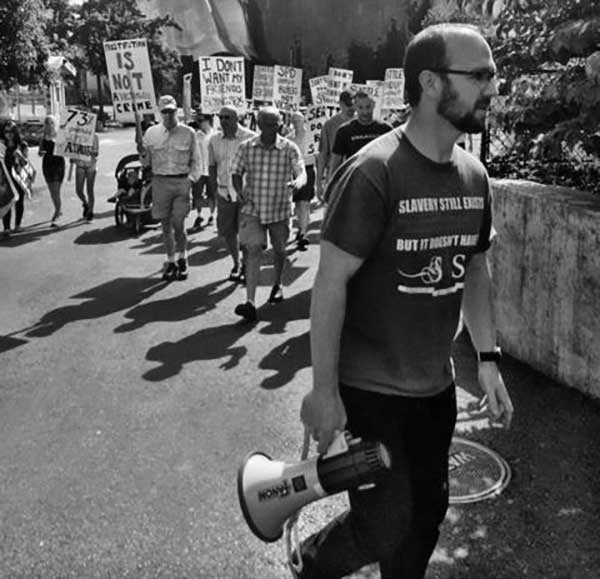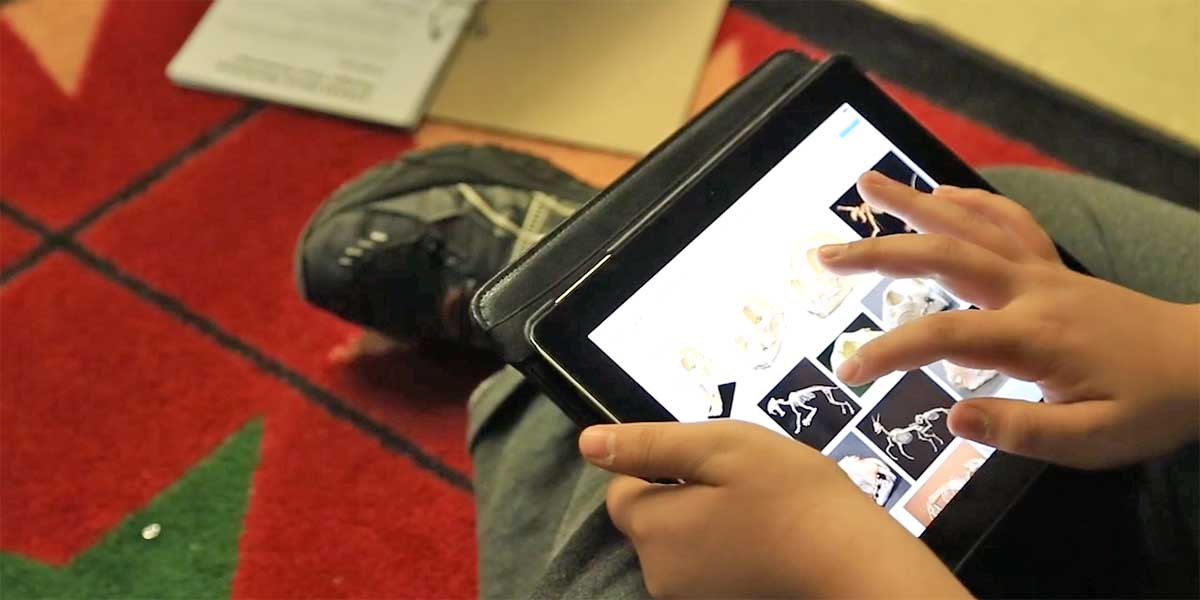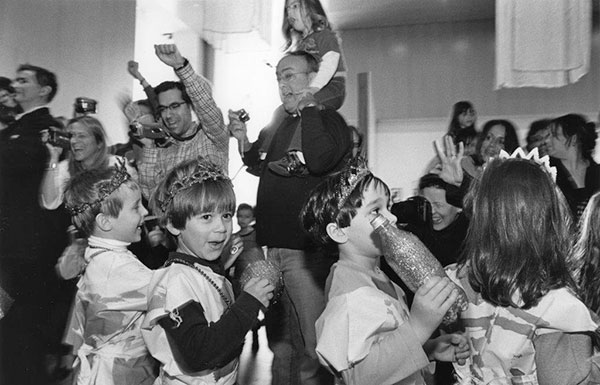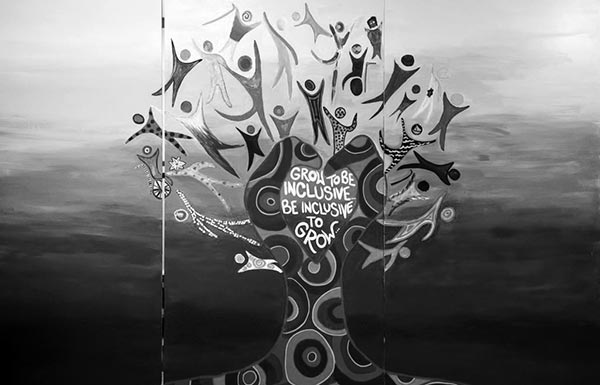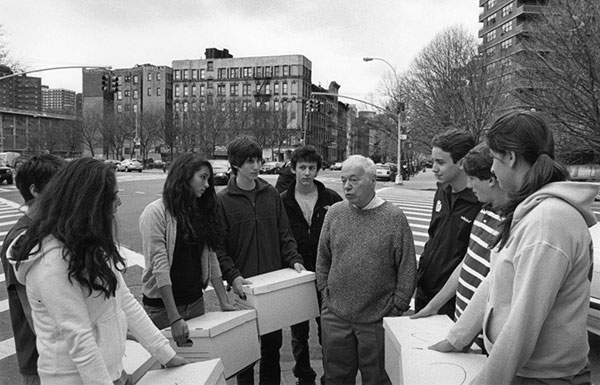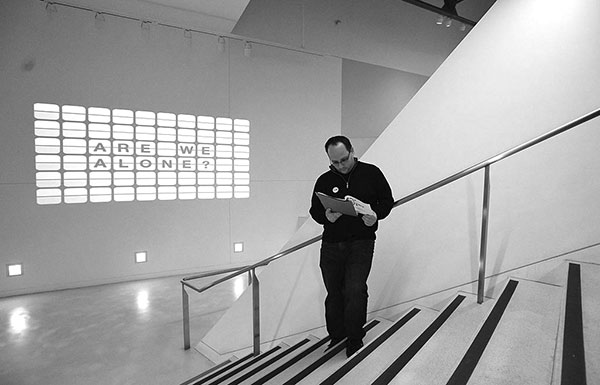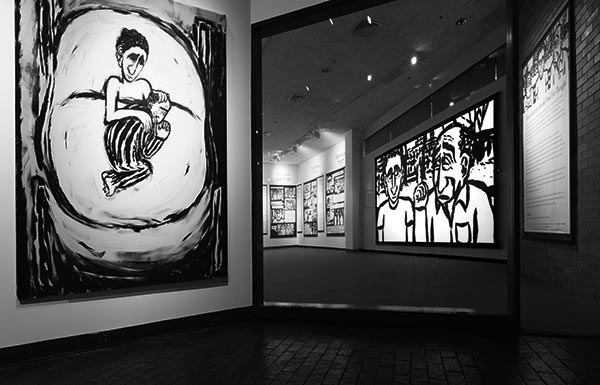ARTICLE Notes from the Field: The 2015 BBYO International Convention
In February 2015, I had the pleasure of attending the Summit on Jewish Teens (hosted by The Jim Joseph Foundation, The Marcus Foundation, The Schusterman Family Foundation, and The Paul E. Singer Foundation) at the 2015 BBYO International Convention in Atlanta, GA. The 24 hours I spent at the Summit were inspiring, and I left enthused and in awe of the Jewish teens with whom I spent time.
The theme of this year’s International Convention was “Stronger Together,” and it was seamlessly integrated into the Summit’s programmatic structure.
The Summit began with lunch during which participants, Jewish communal professionals, educators, and philanthropists were joined by members of The Coalition of Jewish Teens, a group of teen leaders from the BBYO, NCSY, NFTY, USY, and Young Judaea youth movements. The Coalition and the Summit convened simultaneously, to strategize ways Jewish teens can work together to build a stronger, united Jewish community. Guided by the support and resources of each of the five major youth movements, these teens come from diverse perspectives, lives, and backgrounds, making them a well-rounded cross-section of the Jewish community’s teen leaders.
Sitting at lunch with a group of millennial teens, I was struck by how well each was able to articulate and express his or her unique Jewish identity. In the various programs, panels, and facilitated group sessions in which I participated, we explored topics such as leadership, community-building, and Jewish education in the context of what teens are thinking today, what their interests are, and what the possibilities are for their deeper involvement in Jewish life. In their own words, we heard from teens as they identified their goals for the Jewish community and the roles they envision for themselves within it.
The Summit concluded with a presentation by the Coalition of Jewish Teens in which they shared some of the key learnings and potential action items that emerged over the 24 hours they spent in prolonged conversation and planning with one another. The Coalition presented a mission statement for their work moving forward, which began with the lines: “We, the Coalition of Jewish Teens, stand united to shape the Jewish future through shared Jewish values.” Indeed these young people acted as a living, breathing example of not only the sophistication that teens bring to the table but of how the Jewish community truly is “Stronger Together.”
